Functional connectivity
Introduction
Functional connectivity refers to the statistical interdependence or correlation between spatially remote neurophysiological events, gauged by either direct or indirect measurements. It is a concept that has been extensively used in the field of neuroscience, particularly in the study of the brain's functionality and organization. The term is often used in the context of neuroimaging studies to describe patterns of correlation across voxels, or volumetric pixels, in the brain.
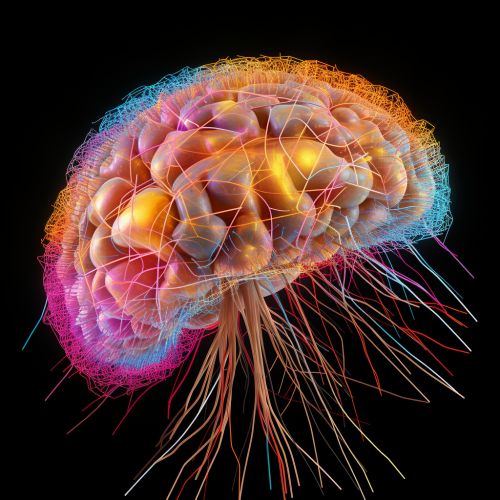
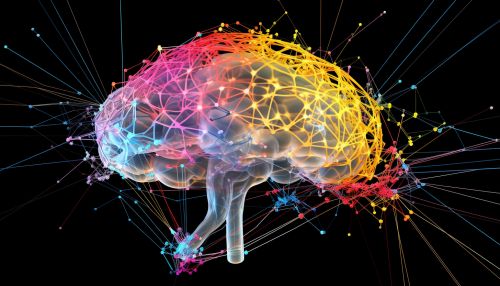
Conceptual Overview
The concept of functional connectivity is rooted in the understanding that the brain is not a collection of isolated units but a complex network of interconnected regions. This network is dynamic, with the strength and pattern of connections changing in response to different tasks, states, and conditions. Functional connectivity can be studied at various scales, from the level of individual neurons to that of whole-brain networks.
Measurement of Functional Connectivity
Functional connectivity is typically measured using neuroimaging techniques such as functional magnetic resonance imaging (fMRI) and electroencephalography (EEG). These techniques allow researchers to measure the activity of different brain regions and determine the extent to which this activity is correlated.
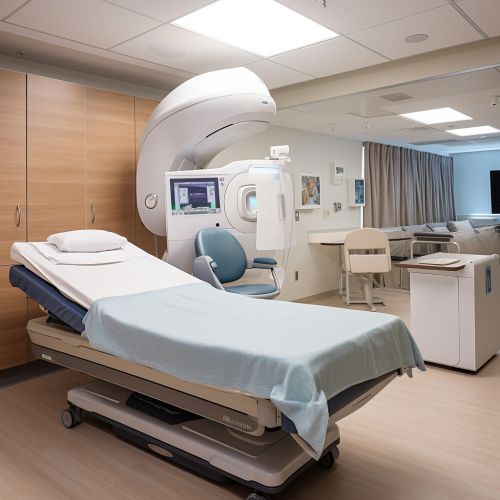
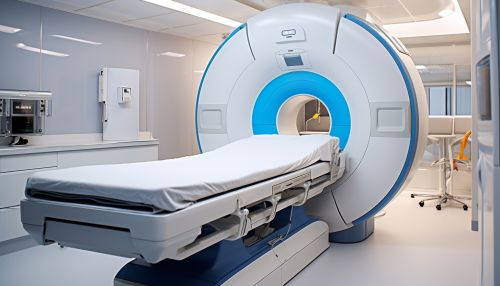
Functional Magnetic Resonance Imaging (fMRI)
fMRI measures brain activity by detecting changes associated with blood flow. This technique relies on the fact that when a brain region is in use, blood flow to that region also increases. By comparing the signal from active brain regions to that from inactive ones, researchers can determine the extent to which different regions are functionally connected.
Electroencephalography (EEG)
EEG, on the other hand, measures electrical activity in the brain. By placing electrodes on the scalp, researchers can measure the electrical signals produced by the brain's neurons. These signals can then be analyzed to determine the extent to which different brain regions are functionally connected.
Types of Functional Connectivity
There are two main types of functional connectivity: static and dynamic. Static functional connectivity refers to the connectivity between brain regions that remains relatively stable over time. Dynamic functional connectivity, on the other hand, refers to the connectivity that changes over time, often in response to a task or stimulus.
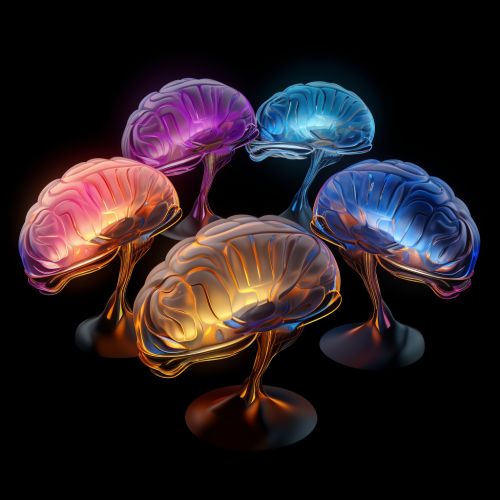

Static Functional Connectivity
Static functional connectivity is typically measured during a resting state, where the individual is not performing any specific task. This type of connectivity is thought to reflect the brain's intrinsic functional architecture.
Dynamic Functional Connectivity
Dynamic functional connectivity, on the other hand, is measured during task performance. This type of connectivity is thought to reflect the brain's ability to reconfigure its functional connections in response to changing demands.
Applications of Functional Connectivity
Functional connectivity has a wide range of applications in both research and clinical settings. In research, it is used to study the brain's functional organization and how it changes in response to different tasks and conditions. In clinical settings, it is used to diagnose and monitor neurological and psychiatric disorders, such as Alzheimer's disease, schizophrenia, and autism.

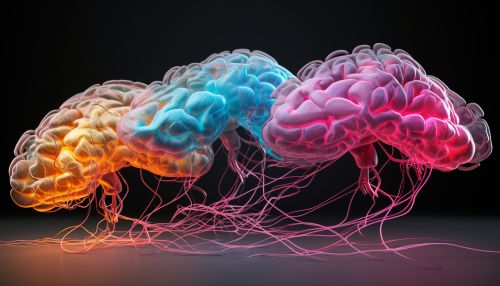
Challenges and Future Directions
Despite its wide applications, functional connectivity research faces several challenges. These include the need for better methods to accurately measure connectivity, the need to understand the physiological basis of functional connectivity, and the need to translate research findings into clinical practice. Future research in this field is likely to focus on addressing these challenges and further refining our understanding of the brain's functional organization.
